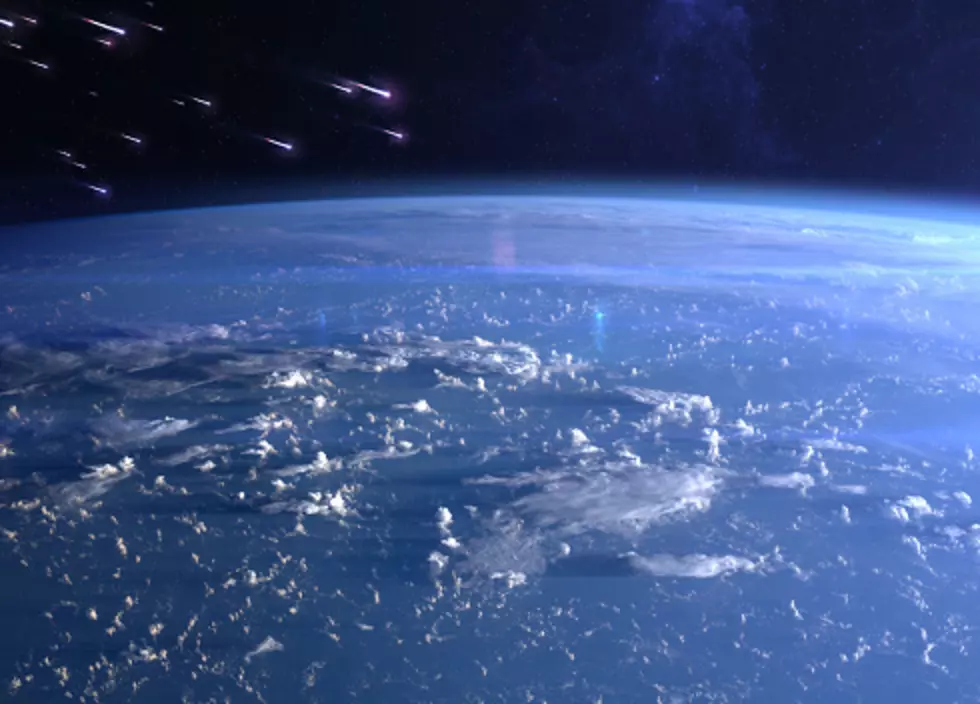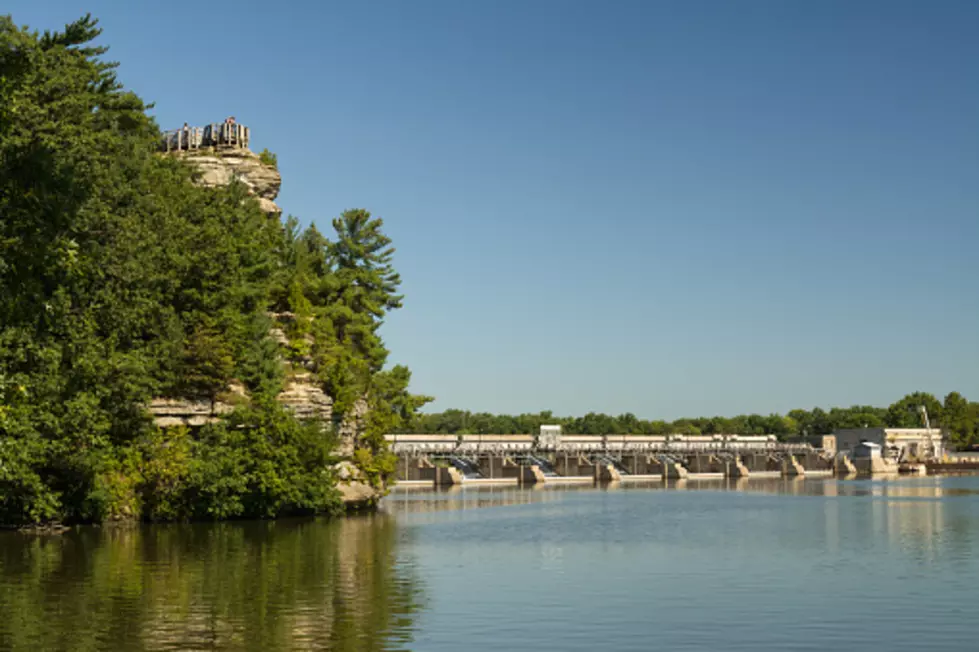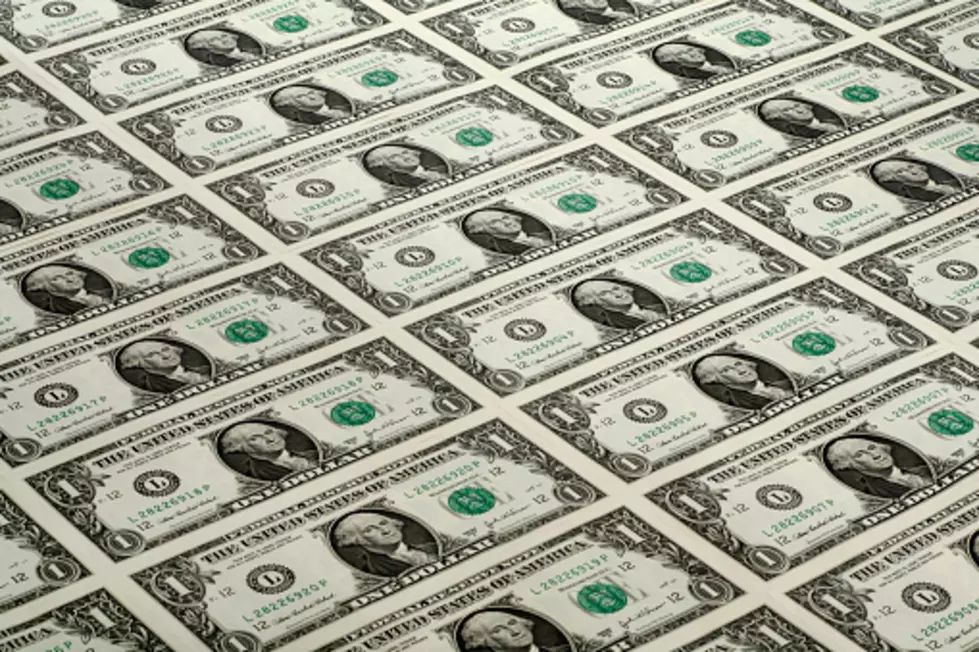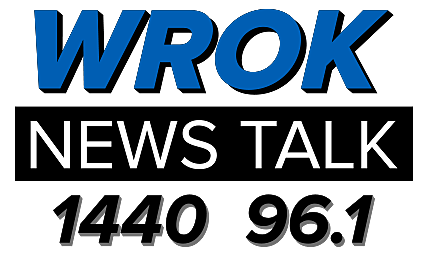
It’s A New Year, With A New Meteor Shower Over Illinois This Week
At the tail-end of 2023, the moon and skies over Illinois cooperated beautifully to give us a spectacular look at what was probably the best (for viewing) meteor shower of the year, the Geminid Meteor Shower. The Geminids peaked on December 13th and 14th, with up to and over 100 meteors per hour.
Then, to wrap up the year, we also got a look at the Ursid Meteor Shower. Granted, because of clouds and excessive moonlight, the Ursids weren't very spectacular when they peaked right before Christmas on December 22nd and 23rd.
Now, we're into a new year, and it's time once again for another meteor shower this week.
The First Meteor Shower Of 2024 Could Be The Most Spectacular Meteor Shower We See All Year, With A Potential Of 120 Visible Meteors Per Hour During Its Peak
However, the major difference between last December's Geminid Meteor Shower, which produced 80-100 visible meteors per hour during its peak, and this week's Quadrantid Meteor Shower is how long peak viewing will actually be:
About 6 hours.
Most meteor showers have a peak that lasts for around 2 days, but this week's Quadrantid Meteor Showers peak is a really quick 6 hours from start to finish. For those who are planning on going outside for a look, I've got some good news and some bad news:
The good news is that you don't have to be outside all night long to get a look, while the bad news is that a bright moon might interfere with, or dim, the peak of the Quadrantids.
If You'd Like To Try To Catch Some Of The Quadrantids, You Don't Have Long To Wait
Instead of having to stay up well past midnight to see the sky show, you just have to get up a little earlier than you normally do because early morning tomorrow is when the 6 hour window of opportunity happens.
It has the potential to be the strongest meteor shower of 2024, according to the American Meteor Society, but with such a short peak — just six hours — the shower's climax can often occur in daylight.
This year, the predicted peak is 6:53 a.m. CST (12:53 GMT) on Jan. 4, according to EarthSky. That makes the pre-dawn hours — from around 3:53 a.m. CST to dawn — the best time to observe the shower from North America.
LOOK: 25 things that have different names depending on where you live in the US
Gallery Credit: Andrea Vale
More From WROK 1440 AM / 96.1 FM









